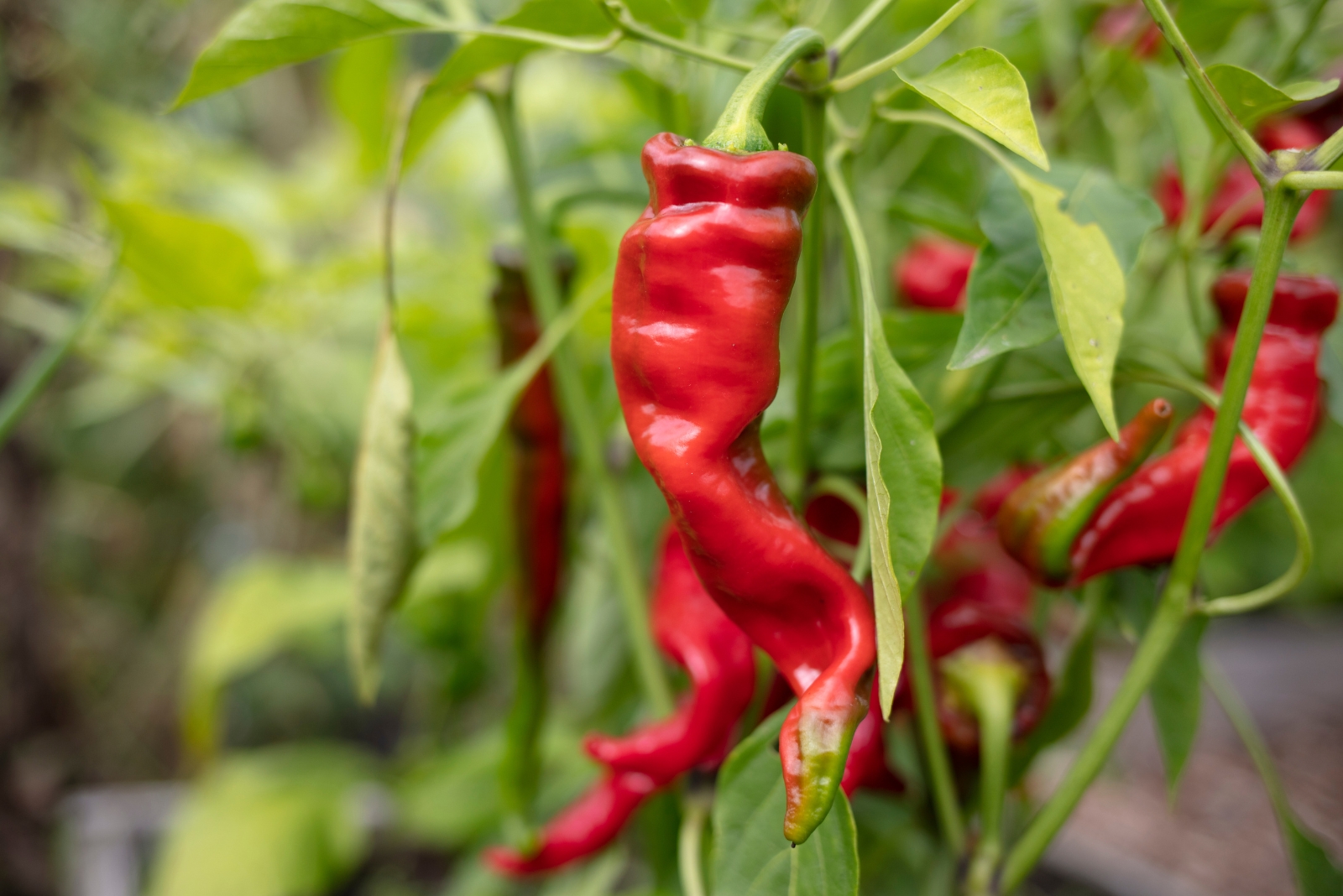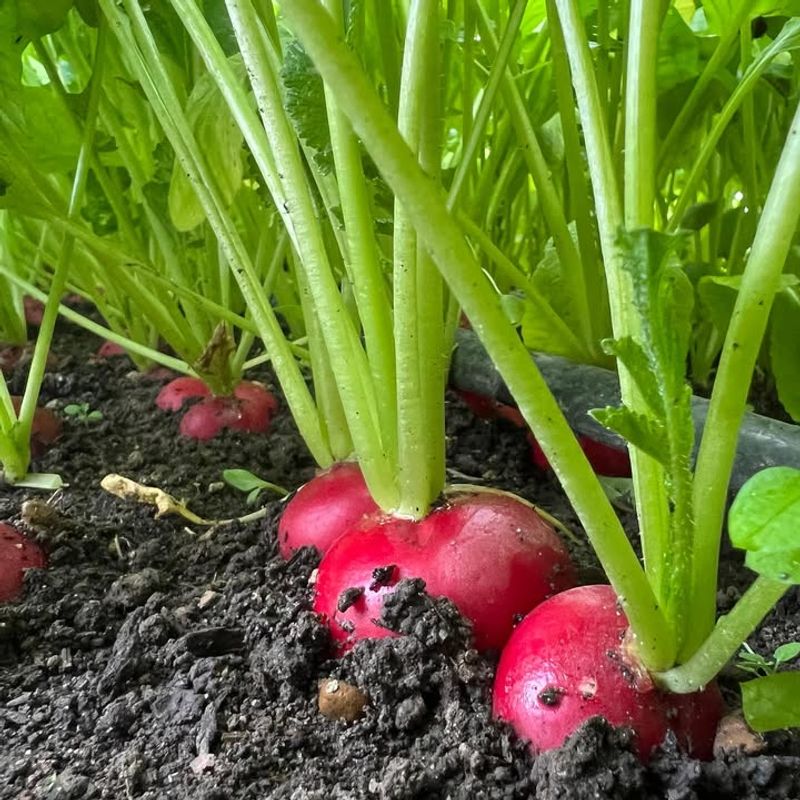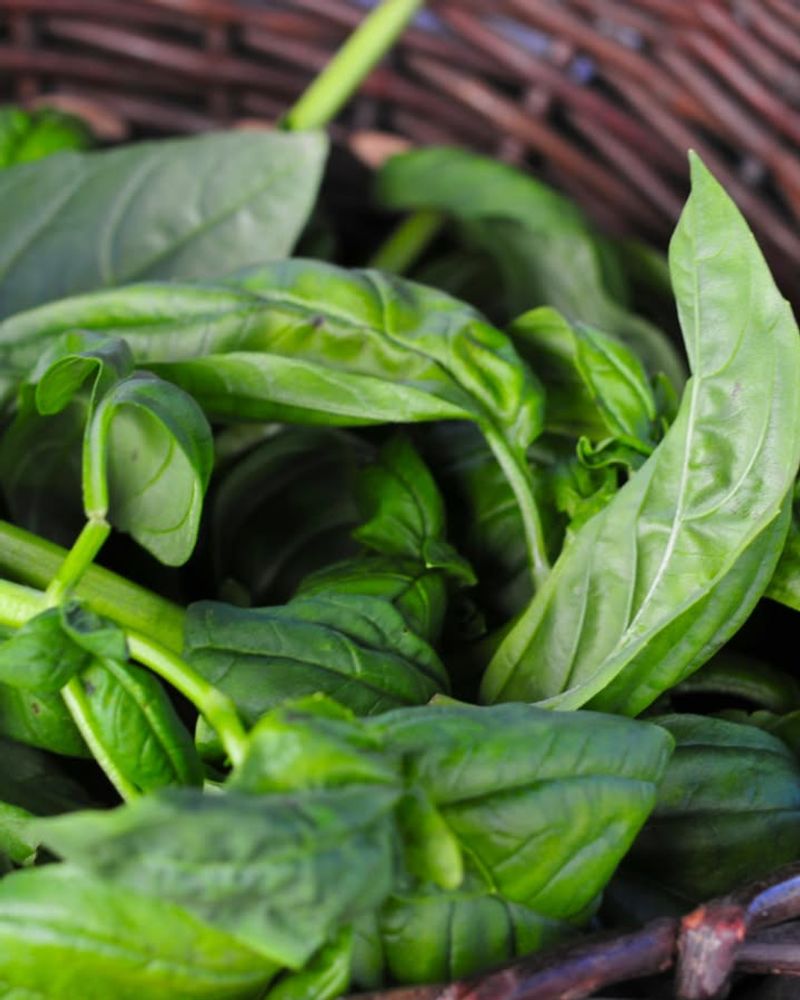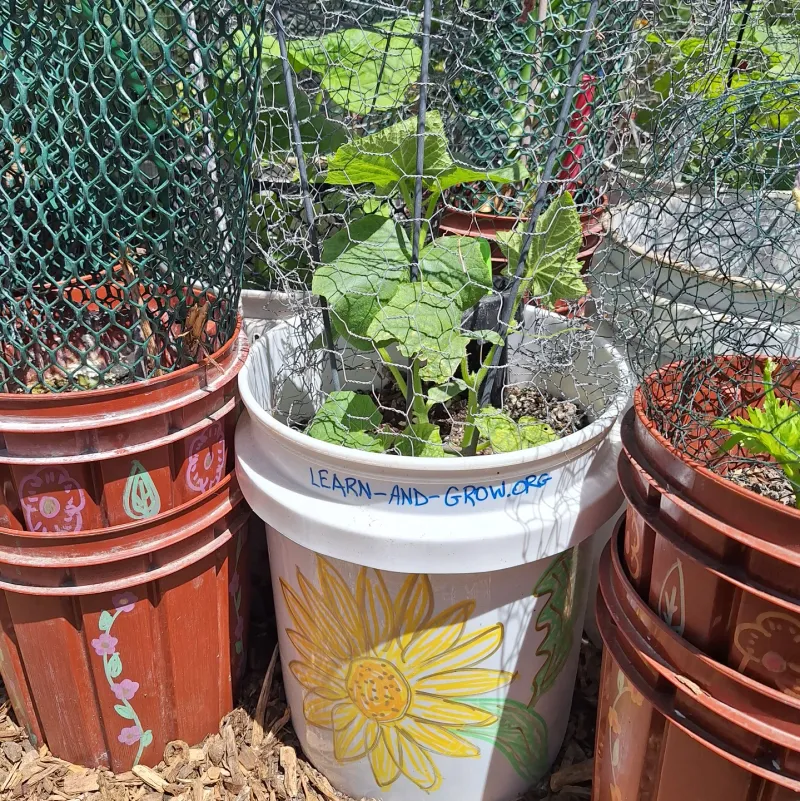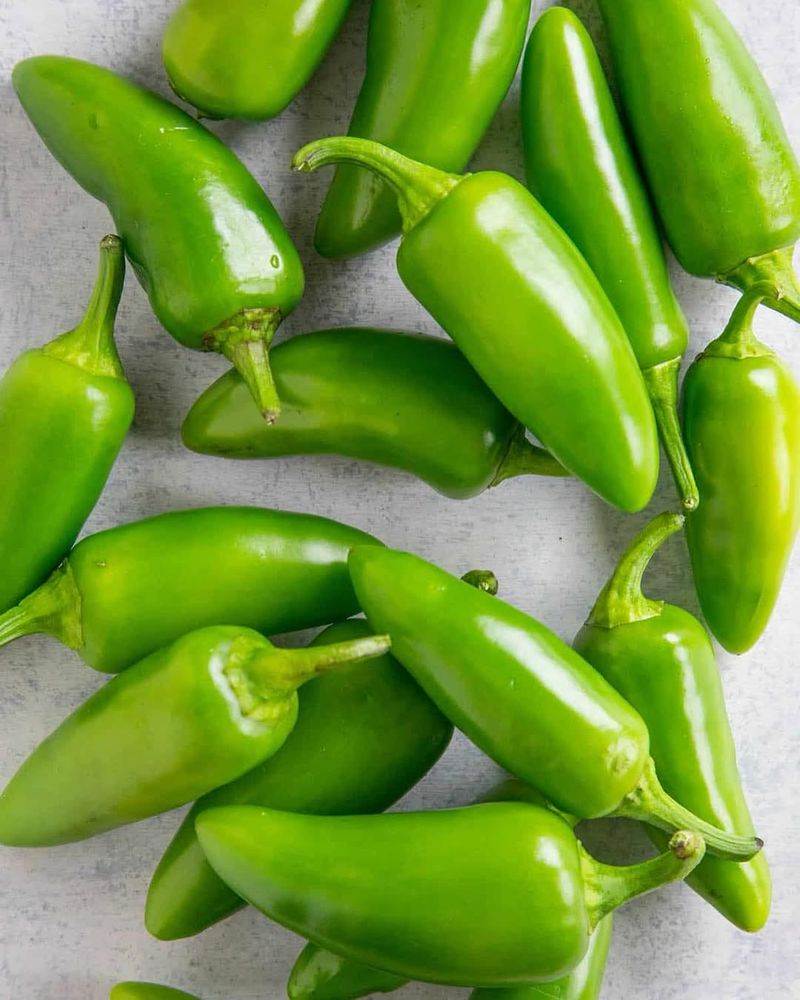Growing your own vegetables doesn’t require a huge backyard or fancy garden beds. With just a few buckets and some soil, you can enjoy fresh produce right outside your door, even in Texas’s unique climate.
Bucket gardening is perfect for apartments, patios, or anyone who wants to start small and still harvest delicious veggies year-round.
1. Cherry Tomatoes
Sweet, bite-sized, and incredibly productive, cherry tomatoes are bucket gardening superstars. They adapt wonderfully to container life and keep producing fruit for months when given plenty of sunlight and regular watering.
Texas heat actually helps these little gems flourish, especially during spring and fall. Choose determinate or compact varieties for easier management in smaller spaces.
Support them with a simple cage or stake, and you’ll be snacking on fresh tomatoes almost daily once they start ripening.
2. Lettuce
Crisp salads start with homegrown lettuce, and buckets make it surprisingly simple. Leaf varieties work best since they mature quickly and don’t need deep roots like other vegetables might require.
Plant during cooler months—fall through early spring—to avoid bolting in Texas’s intense summer heat. Partial shade during afternoon hours keeps leaves tender and sweet.
Harvest outer leaves as needed, allowing the center to keep growing. You’ll enjoy fresh greens for weeks from just one planting.
3. Bell Peppers
Crunchy and colorful, bell peppers absolutely love the warmth Texas provides nearly year-round. A five-gallon bucket gives their roots plenty of room to spread and anchor strong, productive plants.
Start seeds indoors or buy transplants for faster results. Water consistently but avoid soggy soil, which can lead to root problems.
Peppers change color as they ripen—green turns to red, yellow, or orange—so be patient for maximum sweetness and nutrition in your harvest.
4. Radishes
Fast and fuss-free, radishes go from seed to plate in just three to four weeks, making them ideal for impatient gardeners or kids learning to grow food.
Their compact size means you can squeeze many plants into one bucket. Sow seeds directly into moist soil about half an inch deep, spacing them an inch apart.
Cooler weather brings the best flavor, so plant in fall, winter, or early spring across Texas for crisp, peppery roots perfect in salads.
5. Spinach
Packed with iron and vitamins, spinach thrives in buckets during Texas’s milder months. Cool temperatures encourage lush, tender leaves instead of bitter, bolted plants.
Plant seeds in fall or late winter for best results. Spinach tolerates light frost, making it perfect for extending your growing season when other vegetables struggle.
Snip leaves from the outside while letting the center continue producing. Fresh spinach tastes nothing like the canned stuff—it’s sweeter and more delicate.
6. Green Beans
Nothing beats the snap of a fresh green bean picked straight from your bucket. Bush varieties work wonderfully in containers since they stay compact and don’t need elaborate trellising systems.
Plant after the last frost in spring or during late summer for a fall crop. Beans fix nitrogen in soil, actually improving it for future plantings.
Keep soil evenly moist and harvest frequently to encourage more pod production throughout the season.
7. Carrots
Crunchy and naturally sweet, carrots need deep buckets—at least 12 inches—to develop their signature long roots without twisting or stunting.
Choose shorter varieties like Chantenay or Danvers if your buckets aren’t super deep. Loose, sandy soil works best, preventing forked or misshapen roots.
Thin seedlings early so each carrot has space to grow. Texas’s cooler months provide ideal conditions, with harvest ready in about two to three months.
8. Kale
Trendy and nutritious, kale handles Texas winters like a champion while providing vitamins A, C, and K in every leaf. Cold weather actually sweetens the flavor by converting starches to sugars.
Plant in fall for harvests lasting through spring. Kale tolerates both container life and occasional neglect better than many vegetables.
Harvest lower leaves first, letting the plant keep growing upward. One plant can produce for months with proper care and regular picking.
9. Cucumbers
Cool, refreshing cucumbers grow surprisingly well in buckets when given vertical support for their climbing vines. Bush varieties exist but vining types produce more fruit over longer periods.
Texas heat doesn’t bother cucumbers much—they’re warm-season lovers. Provide consistent moisture to prevent bitter-tasting fruit and misshapen growth.
Add a simple trellis or cage to your bucket setup. Vertical growing saves space and keeps cucumbers cleaner, straighter, and easier to harvest.
10. Swiss Chard
Vibrant stems in rainbow colors make Swiss chard as pretty as it is productive. This leafy green tolerates Texas heat better than spinach while providing similar nutrition and versatility.
Plant in spring or fall for best results, though it can handle summer with afternoon shade. Harvest outer leaves continuously, and the plant keeps producing new growth.
Both leaves and stems are edible—sauté them together or use raw in salads for color, crunch, and vitamins galore.
11. Jalapeño Peppers
Spicy and prolific, jalapeños were practically made for Texas bucket gardens. They love heat, produce abundantly, and compact varieties fit perfectly in five-gallon containers.
Start plants in spring after frost danger passes. Jalapeños continue producing through summer and fall, giving you months of fresh peppers for salsa and cooking.
Pick peppers green for milder heat or let them ripen to red for sweeter, spicier flavor. One plant easily provides enough peppers for most households.

